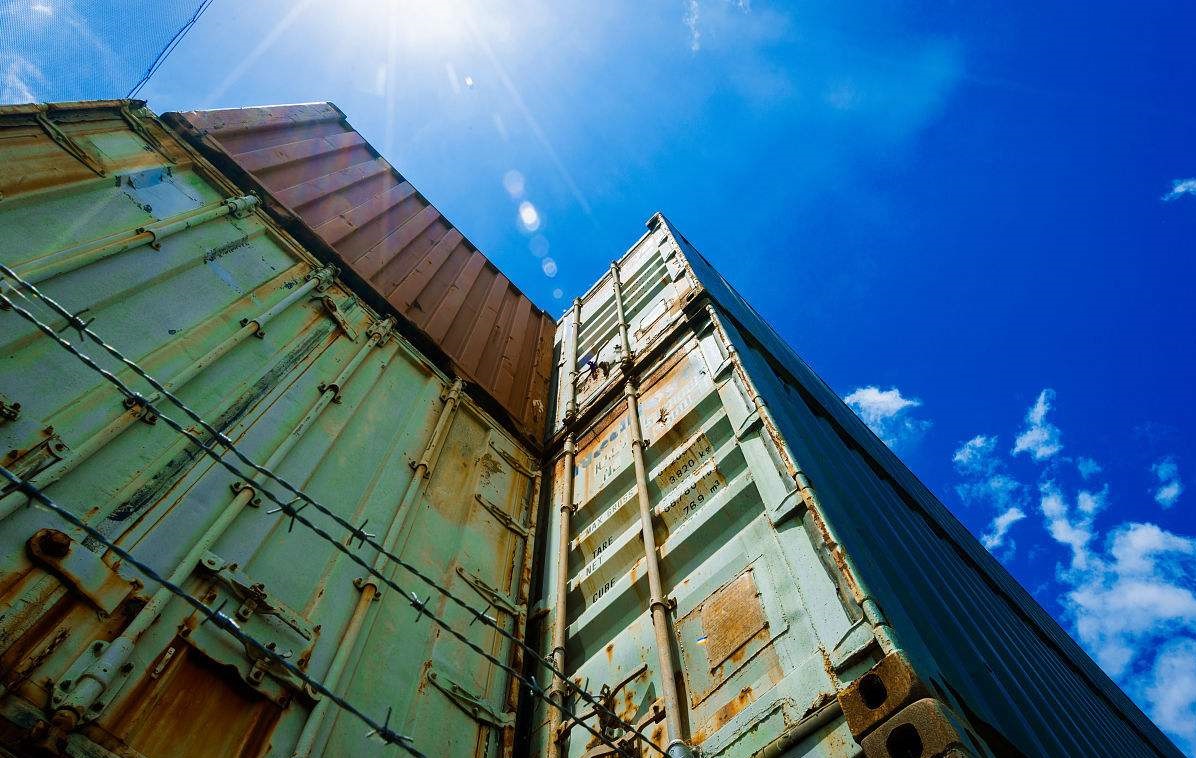When loading containers for export, it is important to take precautions to prevent cargo data errors, damage to goods, and discrepancies with customs declarations. To avoid these issues, shippers, warehouses, and forwarders must coordinate and consider factors such as the shape, weight, packaging strength, and seepage of goods.
There are three main methods for on-site packing of container goods: manual packing, using forklifts to move goods into the container and then manually stacking, and using machinery such as pallets to load the goods with a forklift truck. When loading, the weight of the goods must not exceed the maximum loading capacity of the container, which can be calculated by subtracting the container's self-weight from its total capacity. The gross weight and dead weight will usually be marked on the door of the container.
To improve efficiency, it is important to distinguish between heavy and light cargo based on their densities, and to load goods in a balanced manner to avoid concentrated loads or unbalanced center of gravity. When using manual loading, it is important to pay attention to loading and unloading signs on packages and to use the correct loading tools. Pallet cargo should be loaded carefully to minimize abandoned positions and maximize the number of loaded pieces.
When packing with a forklift truck, it is important to consider the free lifting height of the machine and the height of the gantry, and to use dunnage under the cargo to allow for smooth fork removal. It is also important to properly package goods and avoid blindly saving space at the expense of damage to the goods. By being careful and thorough in the loading process, many problems can be avoided.

Contact: Mr.Jeff
Phone: +8618800259146
E-mail: sales@cmcontainer.com
Whatsapp:cmcontainer
Add: 12/F., San Toi Building, 137-139 Connaught Road Central, Hong Kong
We chat
